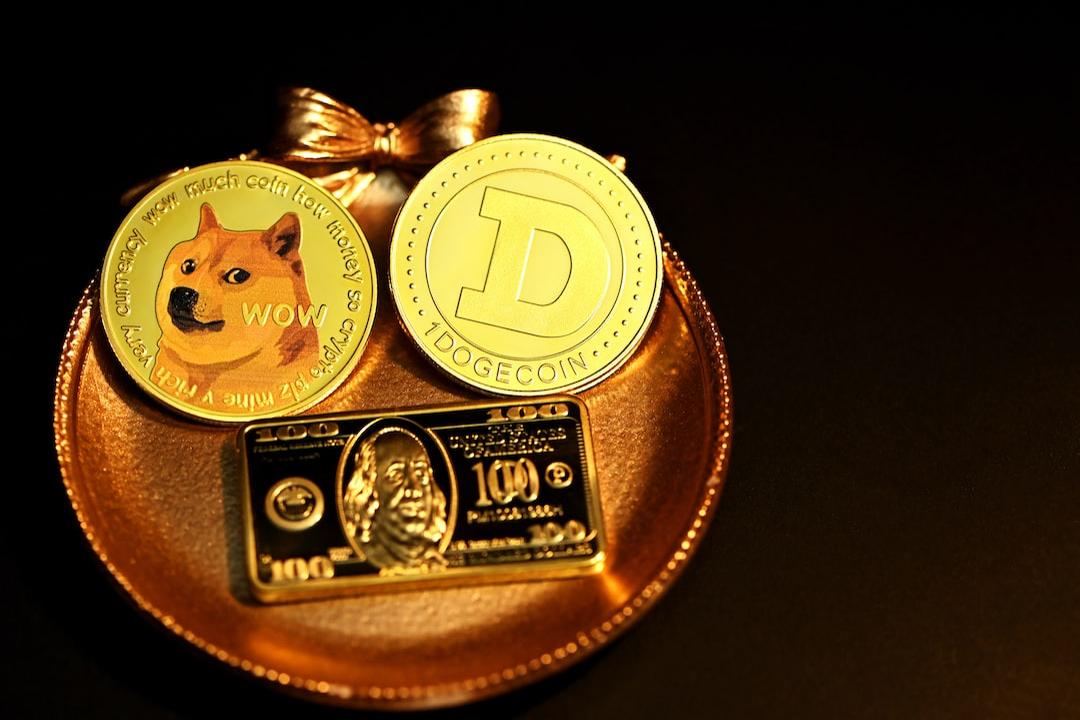The value of Ether experienced a significant surge of 25% between May 20 and May 21, reaching its highest point in nine weeks at $3,840. Despite growing confidence in the approval of a United States-based spot Ether exchange-traded fund (ETF) by the May 23 deadline, the altcoin faced resistance. Traders are now speculating whether the recent stabilization around $3,750 indicates that the approval of the Ether ETF has already been factored into the price.
The pending decision by the U.S. Securities and Exchange Commission (SEC) regarding the spot ETH ETF is still uncertain. However, analysts have raised their expectations for approval after reports that the SEC reached out to the New York Stock Exchange and the Nasdaq to update their filings for the proposed ETFs. It is suggested that this sudden interest from the regulator may be politically motivated, as U.S. President Joe Biden may want to appeal to cryptocurrency supporters.
Although there has been no official word from the SEC, it is known that a panel of five commissioners will vote on the issue. Two of these commissioners, Hester Peirce and Mark Uyeda, are known to be supportive of cryptocurrencies. On the other hand, Caroline Crenshaw has been a vocal critic of the cryptocurrency sector, particularly regarding its regulation and the risk of fraud and manipulation.
Investors are looking at the potential impact on Ether’s price based on the trajectory of Bitcoin after its U.S. spot ETF approval in January. Bitcoin saw a 35% increase in the 50 days following the approval, rising from $46,356 to $62,416 by March 1. It remains uncertain whether Ether ETFs will attract the same level of inflows as Bitcoin, which saw $7.37 billion in its first 50 days, especially with the presence of the $28.7 billion Grayscale Bitcoin Trust ETF.
Given that analysts give a 75% probability of approval for spot Ether ETFs, the recent 25% increase in ETH price aligns with Bitcoin’s post-ETF approval trend. However, this does not mean that Ether’s price is limited to $3,840, but rather suggests that the approval likelihood matches market expectations. Similarly, Bitcoin’s rally did not stop at a 35% gain, as it reached a new all-time high of $73,750 two weeks later. However, as time passes, external factors increasingly influence the market.
For example, the S&P 500 index reached a record high on March 12, and WTI prices surpassed $80 on March 14 after four months. Bitcoin’s U.S. spot ETF approval coincided with a particularly favorable period for risk-on assets. While it is unclear how Bitcoin would have performed under different market conditions, assuming a similar trajectory for Ether would be overly simplistic.
To understand how professional traders are positioned, it is helpful to examine the Ether futures market. Normally, ETH futures should have an annualized premium of 5% to 10%, a condition known as contango in financial markets.
Data indicates that major investors and market makers were not confident in Ether’s performance before May 20, as they were not willing to justify an annualized premium of over 10% for a leveraged long position. The increase to a 15% premium shows a moderate risk appetite among bulls, but it is still far from the 20% to 27% range seen in March.
The derivatives metrics suggest that Ether traders are not overly optimistic or fully pricing in the approval odds of the U.S. spot Ether ETF. This reduces the potential negative impact of a denial for ETH bears, as there is no excessive use of leverage among buyers. Ultimately, Ether’s current price does not fully reflect the anticipation of approval, indicating the potential for further gains.
It is important to note that this article does not provide investment advice or recommendations. Every investment and trading decision carries risks, and readers should conduct their own research before making any decisions.

